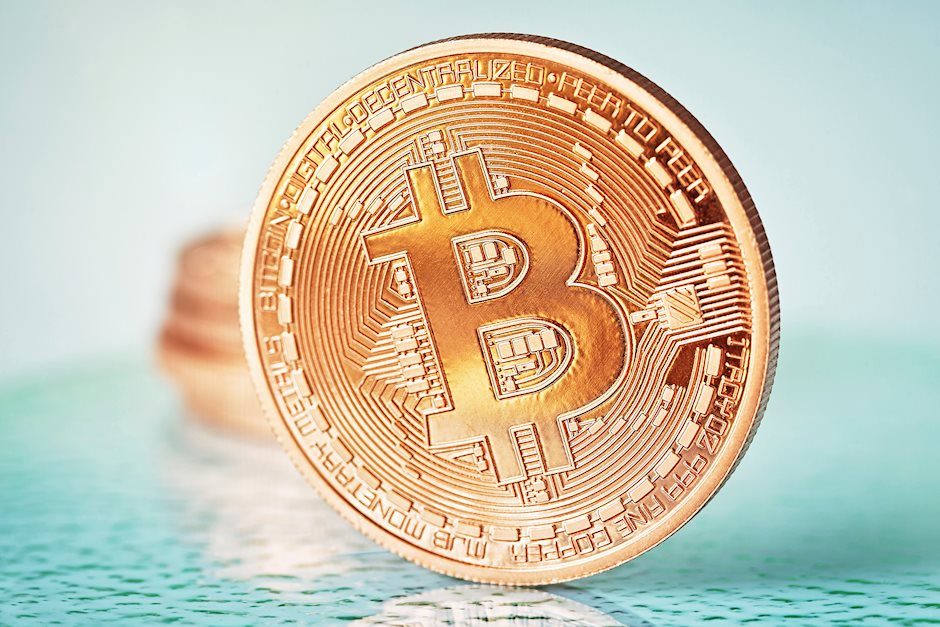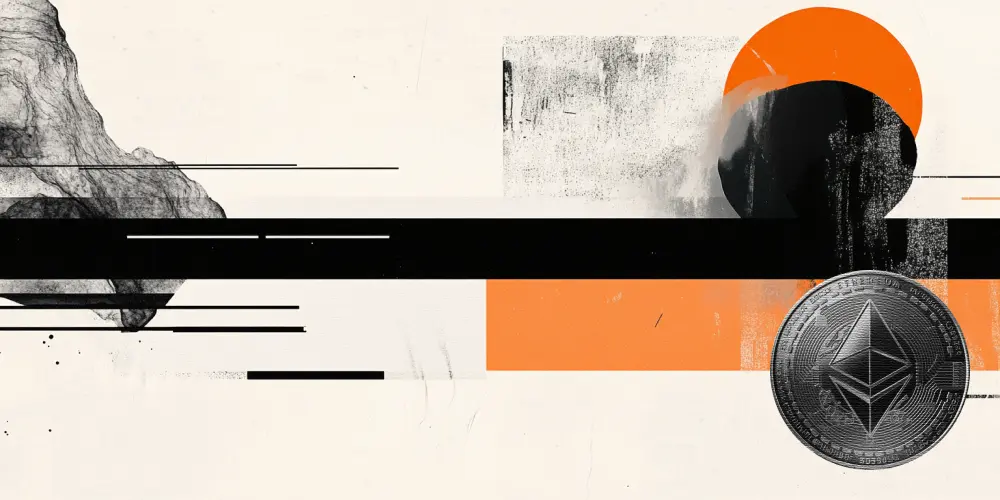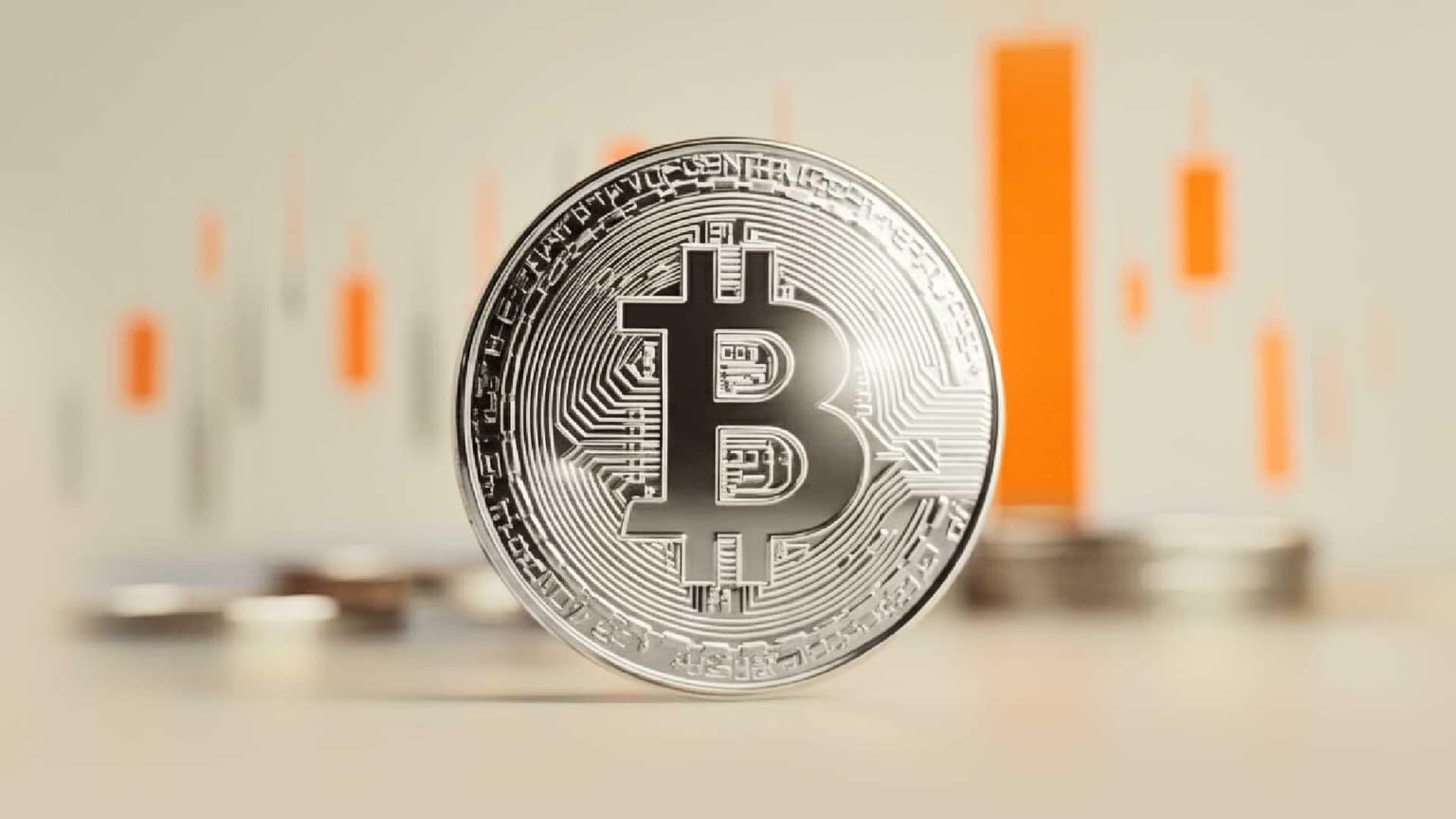Bitcoin generates 10% in weekly returns as it moves closer to mainstream adoption

Bitcoin kicked off the month on a good posture as its popularity keeps rising. Now that Google Finance added a cryptocurrency market tab to its business tool, BTC will be exposed to a wider audience.
As more retail and institutional investors become aware of this new asset class, Citi Bank said that Bitcoin is “at the tipping point of mainstream acceptance.” The U.S. banking giant maintains that BTC could be “the currency of choice for international trade” by 2028. But ultimately, it could be preferred against Central Bank Digital Currency (CBDC) because “no government or outside entity can take steps that might affect the supply of the trade currency, helping to decouple trade from political considerations.”
Such an important endorsement saw Bitcoin rise quickly as soon as the weekly trading session began. BTC surged by more than 10% on March 1st alone, going from a daily open of $45,200 to close at $49,600, according to CEX.IO’s exchange rate.
The upward impulse was also fueled by MicroStrategy’s announcement that it had purchased an additional 328 BTC at an average price of $45,710. Moreover, the Director of Fidelity’s Global Macro Jurrien Timmer said that Bitcoin has “evolved to the point that it could be treated as a form of digital gold” and a “possible counterweight to future monetary inflation.”
These positive developments were able to outweigh the news that China’s Inner Mongolia region will be suspending Bitcoin mining before the end of April. Indeed, BTC saw its price rise another 6% after Monday’s close to hit $52,600 on March 3rd.
Moving past the $50,000 mark served as an opportunity for investors to book in profits. The spike in selling pressure saw Bitcoin retreat by nearly 7.50% and close Friday, March 5th, at $48,800.
Investors were able to grasp a weekly return of roughly 10%. But, weekly gains may be more significant over the next few weeks as one of the world’s largest investment banks, Goldman Sachs, restarted its Bitcoin trading desk.
Ethereum’s utility expands but network congestions affects its productivity
Scalability issues continue to haunt Ethereum despite December’s launch of ETH 2.0. Transaction fees have skyrocketed to new all-time highs as the blockchain activity rises in part to the success that the DeFi market sector has seen over the past year.
While several Layer 2 solutions have been proposed to ease the network congestion, Ethereum’s co-creator Vitalik Buterin vows to improve the underlying protocol.
Buterin recently posted a proposal to remove gas refunds in the blockchain’s London update. Although the move does not necessarily address the rising transaction fees, it essentially helps reduce Ether’s supply by making it a deflationary asset.
Cryptocurrency enthusiasts seem to have welcomed the news since multiple exchanges reported a significant spike in buying pressure after Buterin’s announcement. Ethereum was able to rise from a weekly open of $1,420 to a high of $1,600 less than 24 hours later, based on CEX.IO’s exchange rate.
The second-largest cryptocurrency by market capitalization continued rising throughout the rest of the week as celebrities and key players in the industry have shown their interest in Ethereum-based non-fungible tokens or NFTs.
Grammy-winning rock band Kings of Leon said that it would release its next album, “When You See Yourself,” alongside a series of NFTs, while famed EDM DJ Steve Aoki confirmed the release of his first set of NFTs. On the other hand, Ubisoft is launching a free-to-play competitive fantasy soccer game on Ethereum through a partnership with NFT platform Sorare.
The consecutive announcements were able to push Ether higher to make a weekly peak of $1,658 on March 3rd. But as the weekly trading session came to an end, some investors booked profits, increasing the downward pressure behind this cryptocurrency.
Ethereum closed Friday, March 5th, at $1,533, providing investors a weekly return of 8%.
The Cryptocurrency market moves forward
From a fundamental perspective, it seems like Bitcoin and Ethereum around bound for further gains.
While some of the most prominent firms in traditional finance begin to accept that BTC can serve as a hedging asset, Ethereum’s network utility is living up to Buterin’s vision of becoming the world’s computer. These developments are helping raise the popularity of these assets, consequently, increasing the demand behind them.
As long as demand continues trending upwards, BTC and ETH prices will likely do the same. The former is currently developing an inverse head-and-shoulders pattern that could see it rise towards $61,000 upon the break of the $52,000 resistance level. Meanwhile, Ether seems primed to break out of a symmetrical triangle that could see it retest the $2,000 mark.
Author

Konstantin Anissimov
CEX.IO
Konstantin is a businessman with skills in corporate governance, strategic management, customer relations, partnership negotiations and international sales. Graduated the Executive MBA program at the University of Cambridge.





